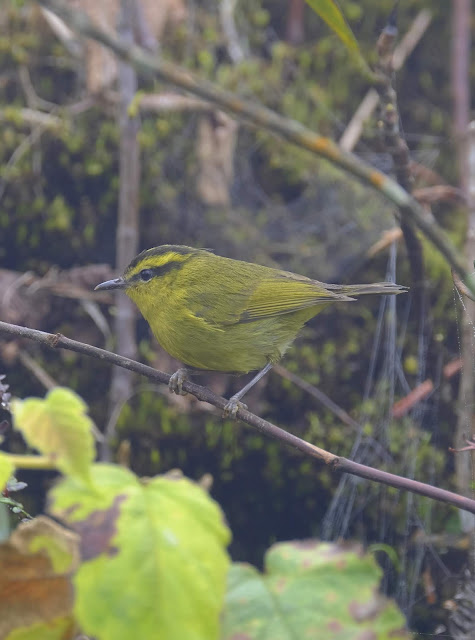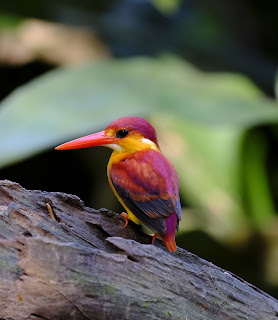Olympus OM-D E-M1X its already here

DPReview "The Olympus OM-D E-M1X is the company's sports-oriented Micro Four Thirds camera that's all about speed. It has a 20.4MP Four Thirds sensor, Dual TruePic VIII processors, a 121-point hybrid autofocus system with intelligent subject detection for trains, race cars and planes/helicopters. The camera can shoot continuously at 60 fps with AF/AE lock and 18 fps with continuous AF/AE. The E-M1X offers a High Res Shot mode for both handheld and tripod use, a Live ND filter (using multiple exposures) and a Pro Capture mode that lets you save images taken before the shutter release button".
Panasonic S1R coming soon in 2019 (NewCamera)
47.3 million pixels Full size sensor · Low pass filter less
5-axis hand vibration reduction within the body with 5.5 steps of effect
Dual IS 2 with 6 stages of effect
4K 60p / 50p video
Sequential shooting performance: 9 frames / second (AFS), 6 frames / second (AFC)
6K photo at 30 frames per second and 4K photo mode at 60 frames / sec
5.76 million dot EVF
The finder magnification can be adjusted from 0.78 times to 0.74 times or 0.7 times
Movable rear liquid crystal with 2.1 million dots
ISO: 50-51200 (Including extended sensitivity – maximum standard ISO is 25600)
Dustproof · Drip-proof · Low temperature-10 °
Picture of 187 million pixels (16,736 x 11, 168) can be created using high resolution mode
Advanced Artificial Intelligence Technology Detecting Humans, Cats, Dogs and Birds
Size: 148.9 x 110.0 x 96.7 mm
Weight: 898 gm

5-axis hand vibration reduction within the body with 5.5 steps of effect
Dual IS 2 with 6 stages of effect
4K 60p / 50p video
Sequential shooting performance: 9 frames / second (AFS), 6 frames / second (AFC)
6K photo at 30 frames per second and 4K photo mode at 60 frames / sec
5.76 million dot EVF
The finder magnification can be adjusted from 0.78 times to 0.74 times or 0.7 times
Movable rear liquid crystal with 2.1 million dots
ISO: 50-51200 (Including extended sensitivity – maximum standard ISO is 25600)
Dustproof · Drip-proof · Low temperature-10 °
Picture of 187 million pixels (16,736 x 11, 168) can be created using high resolution mode
Advanced Artificial Intelligence Technology Detecting Humans, Cats, Dogs and Birds
Size: 148.9 x 110.0 x 96.7 mm
Weight: 898 gm

























































